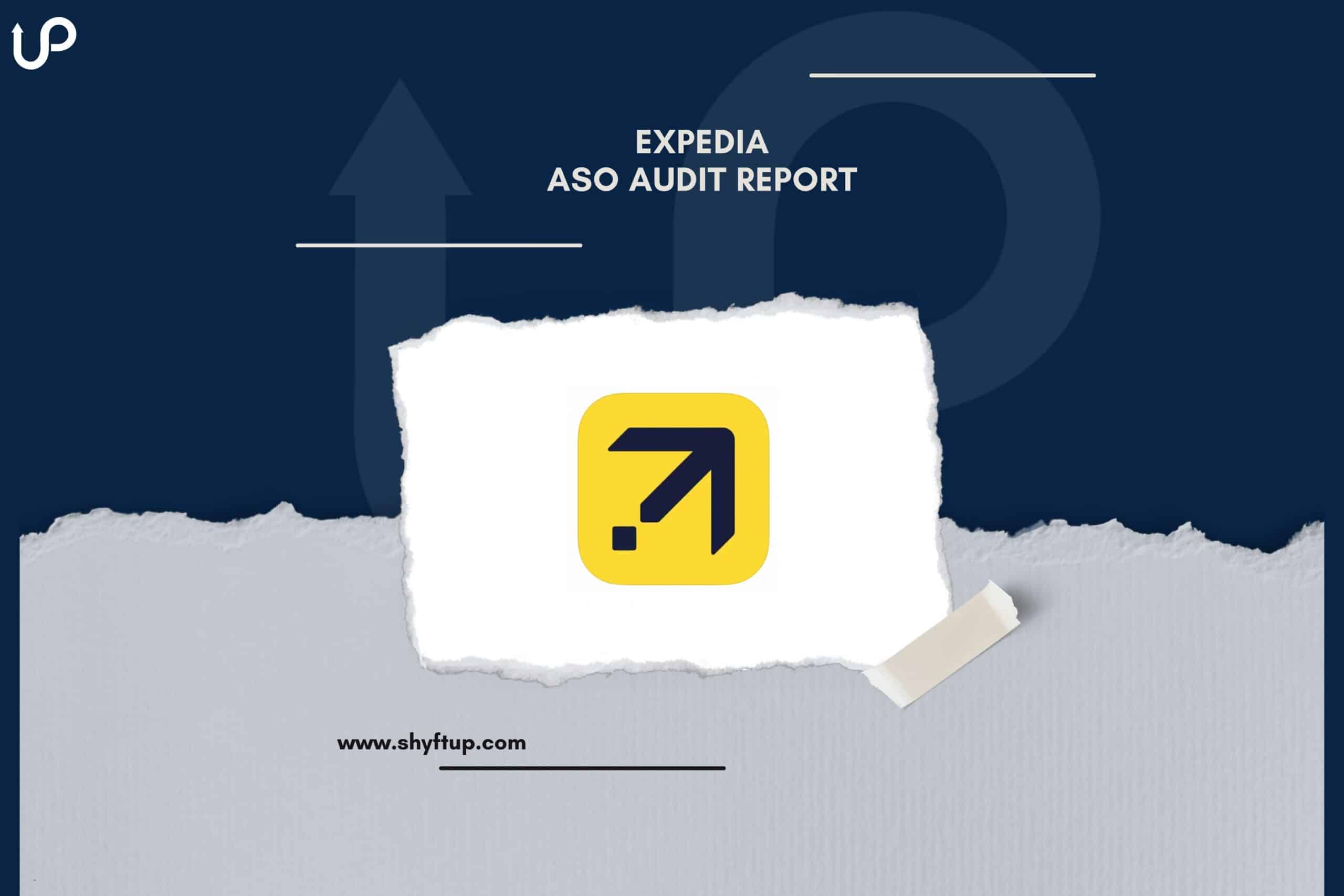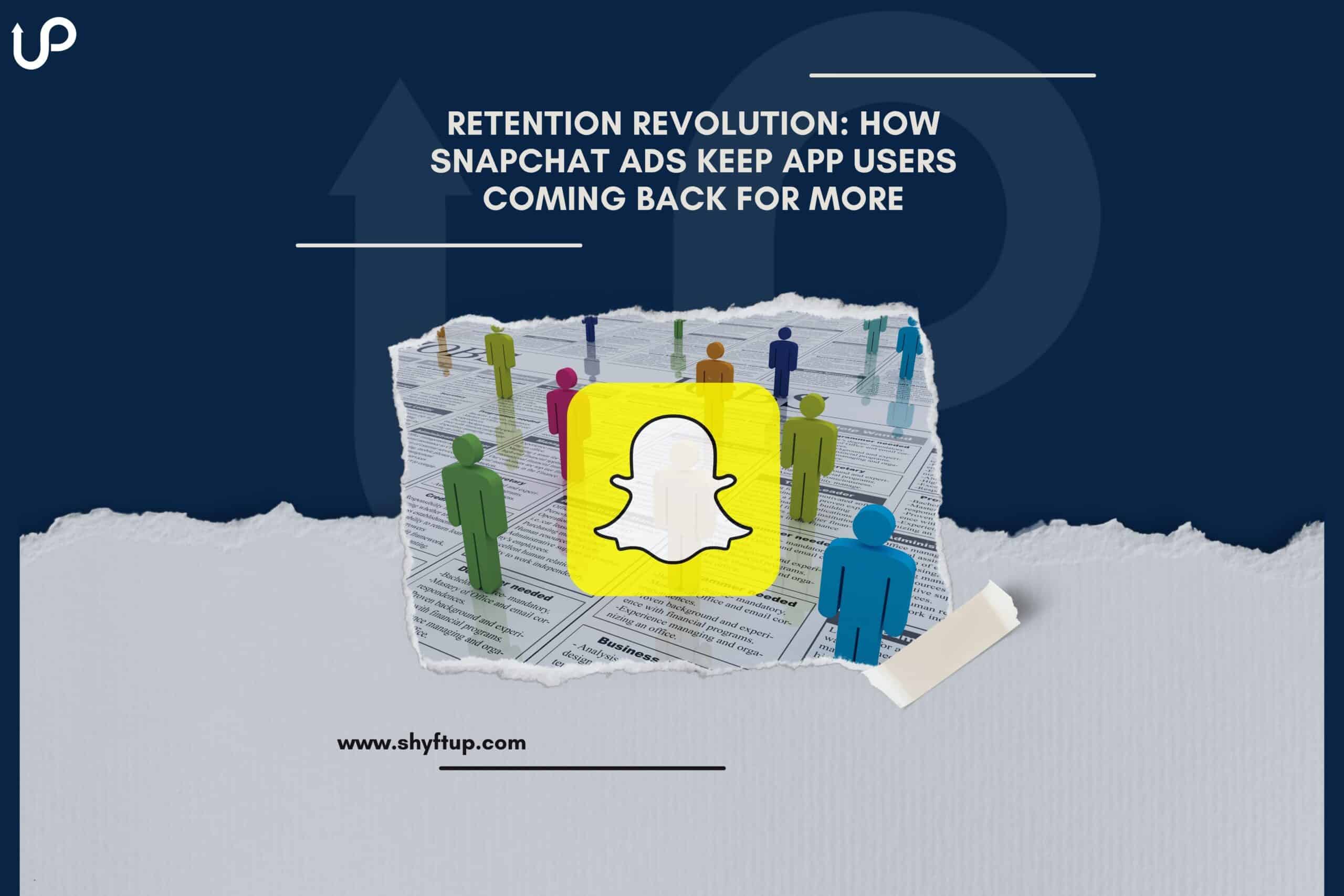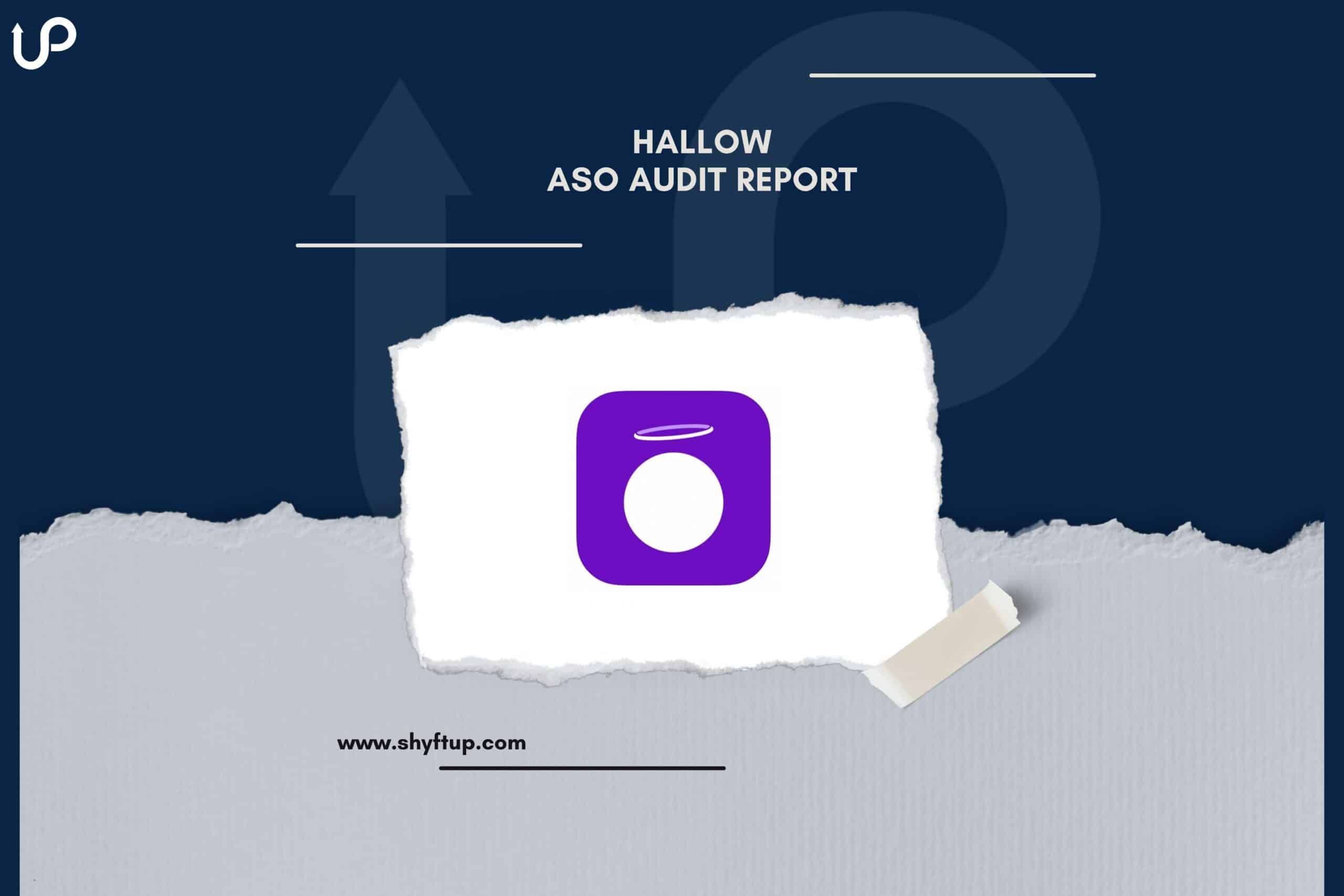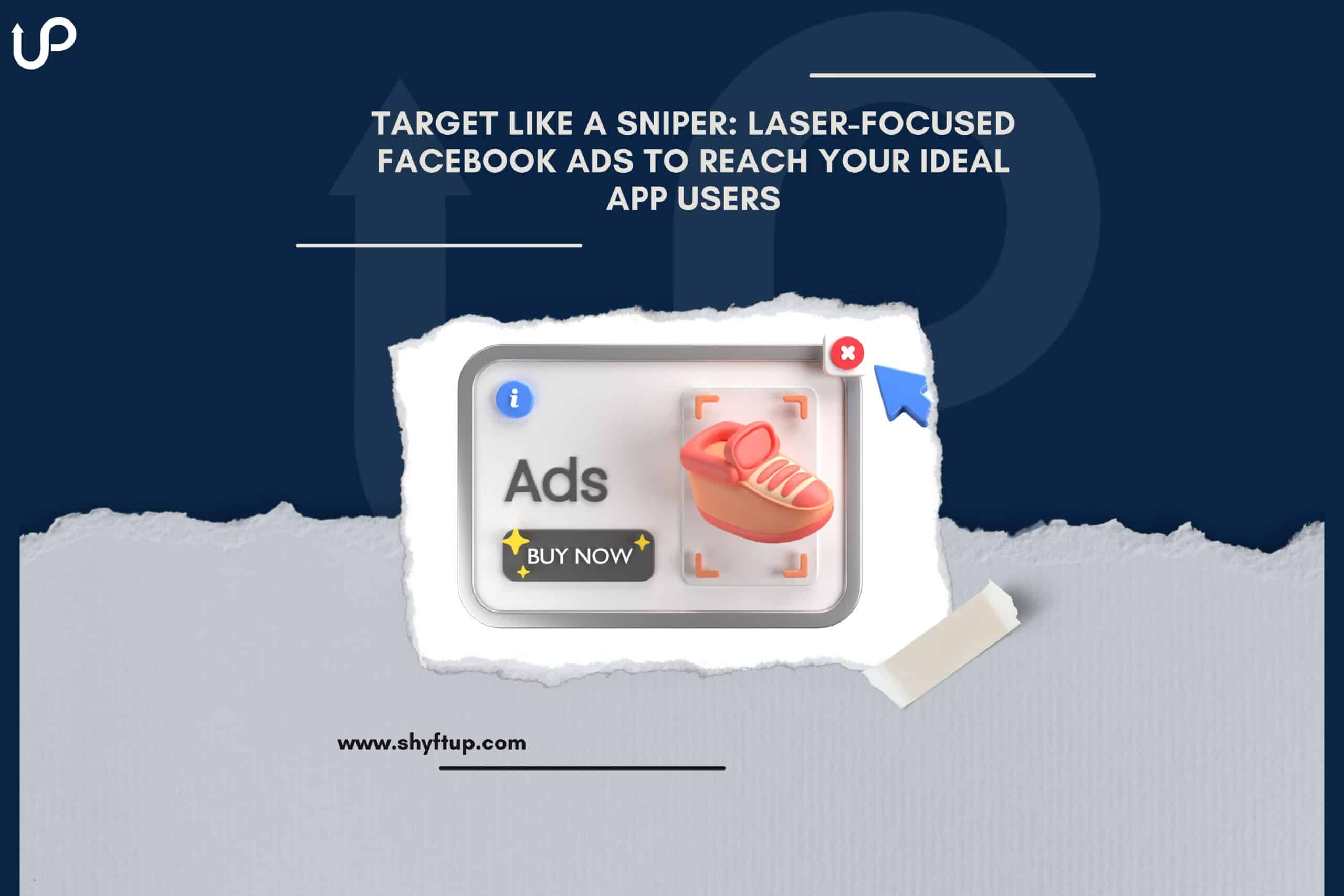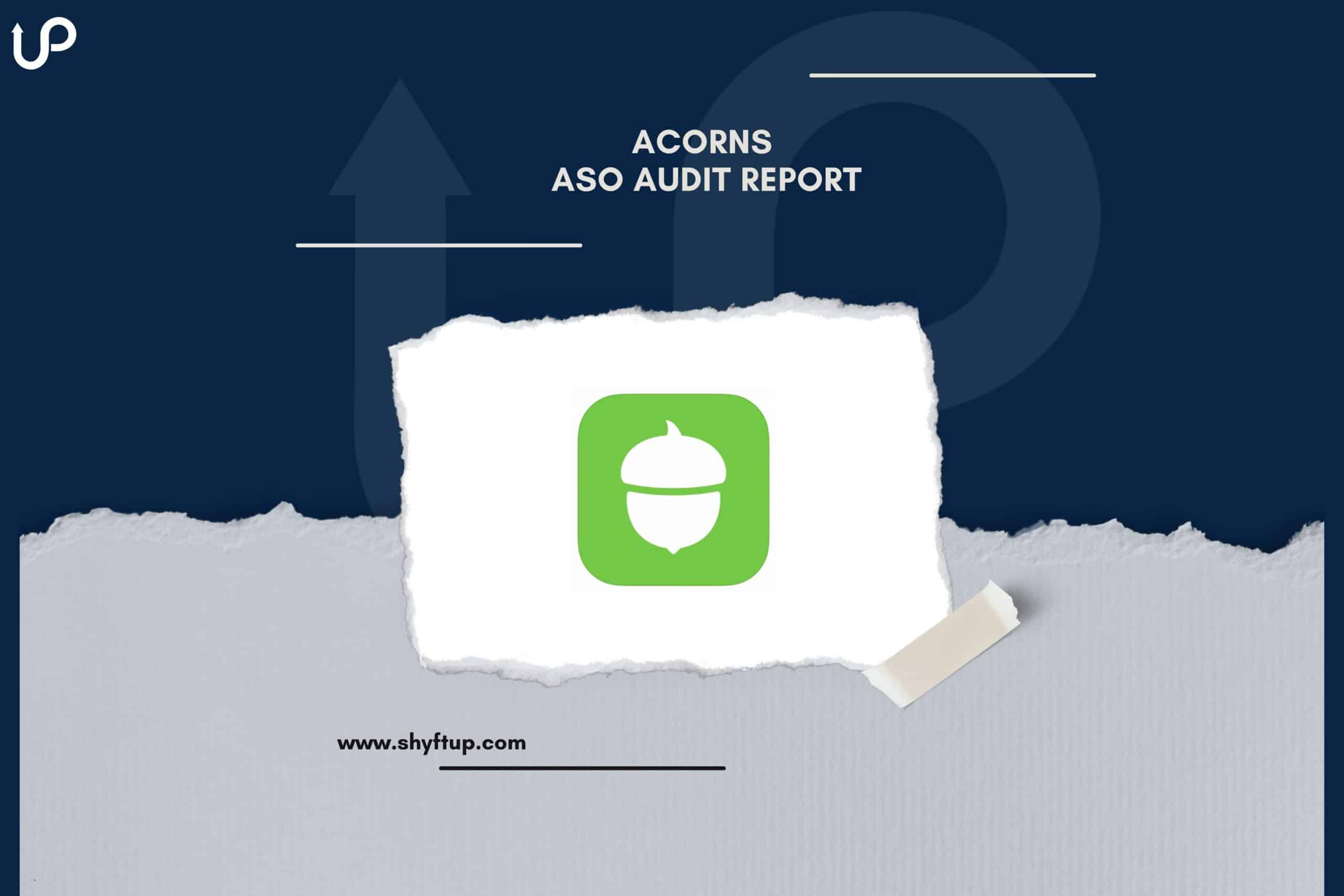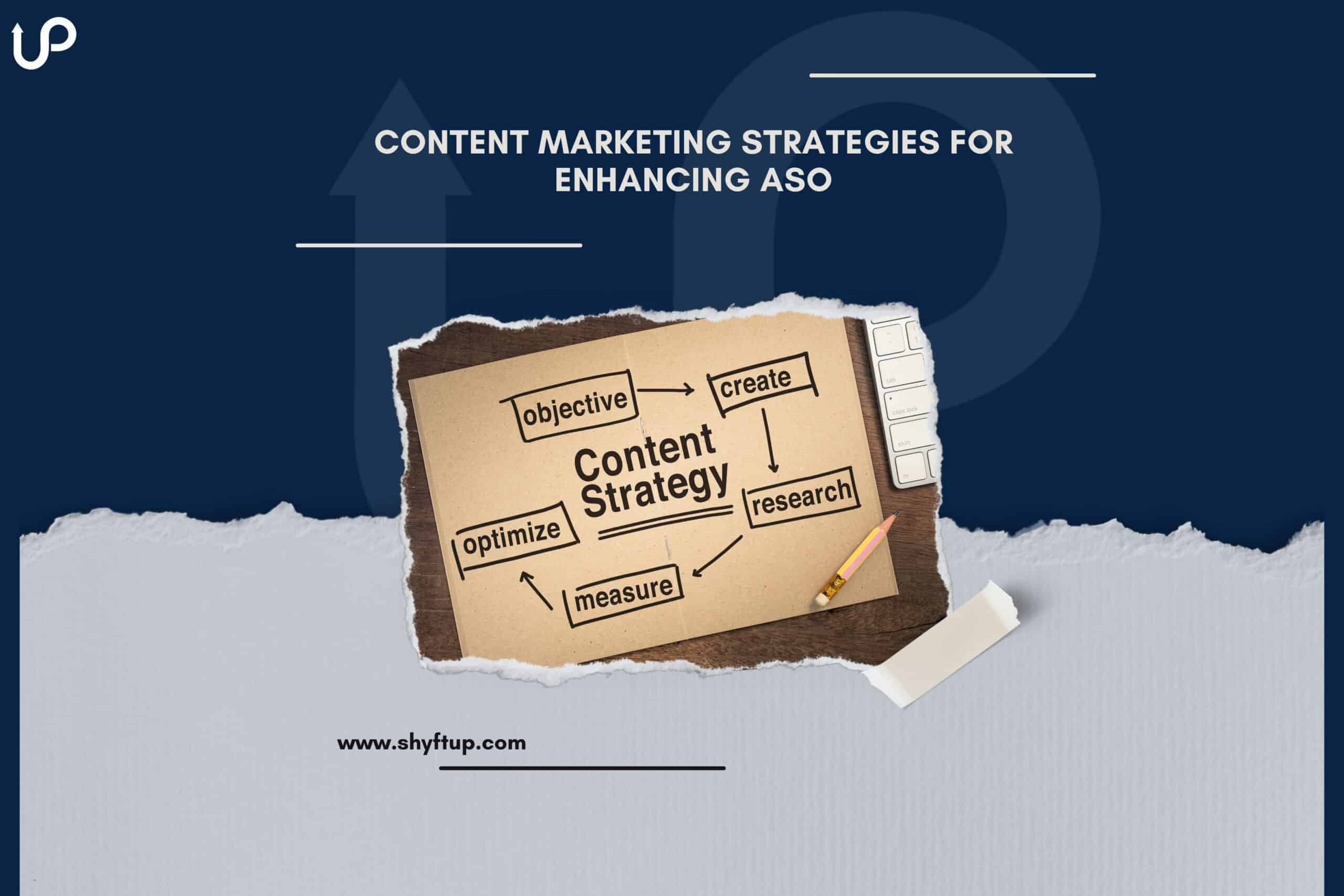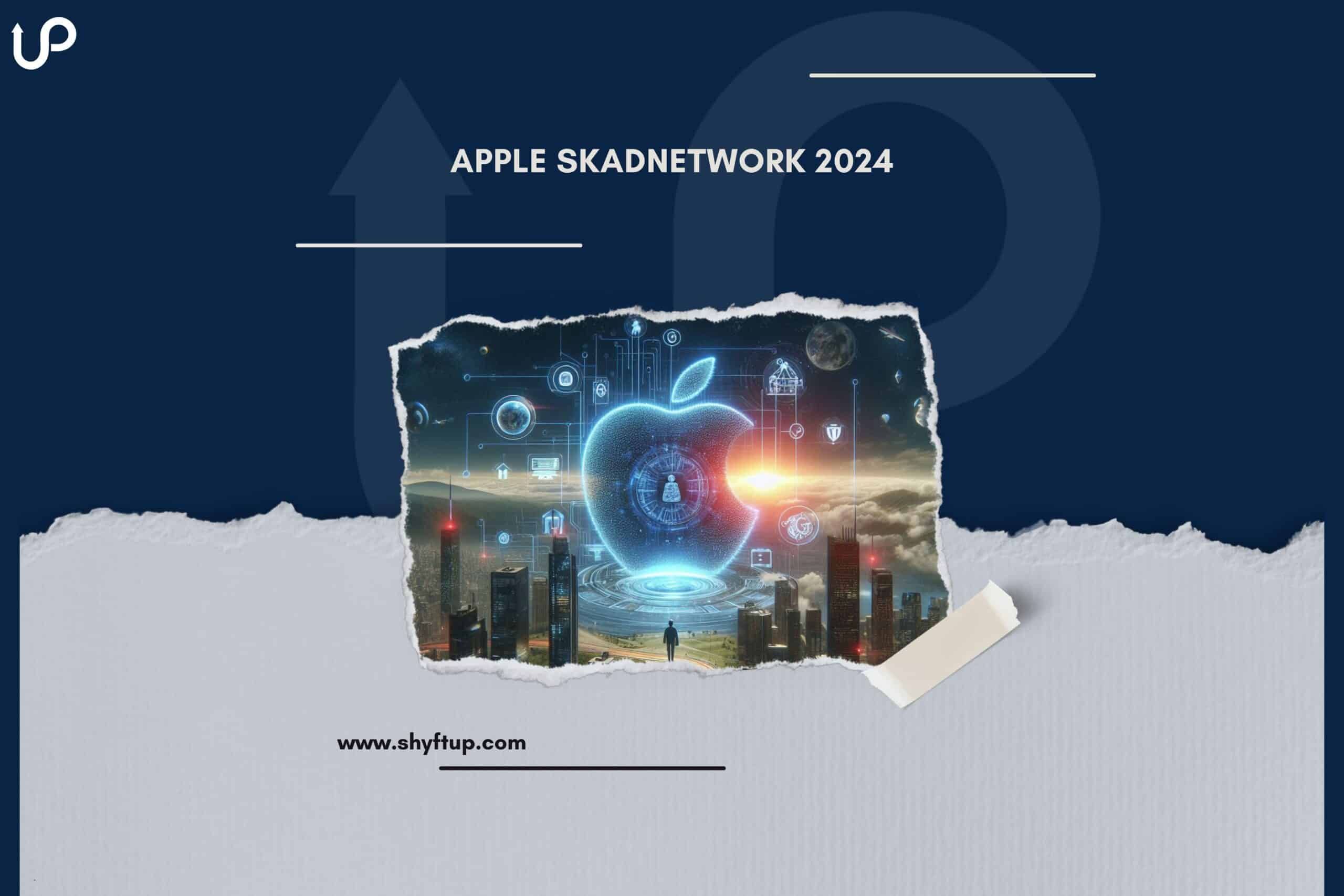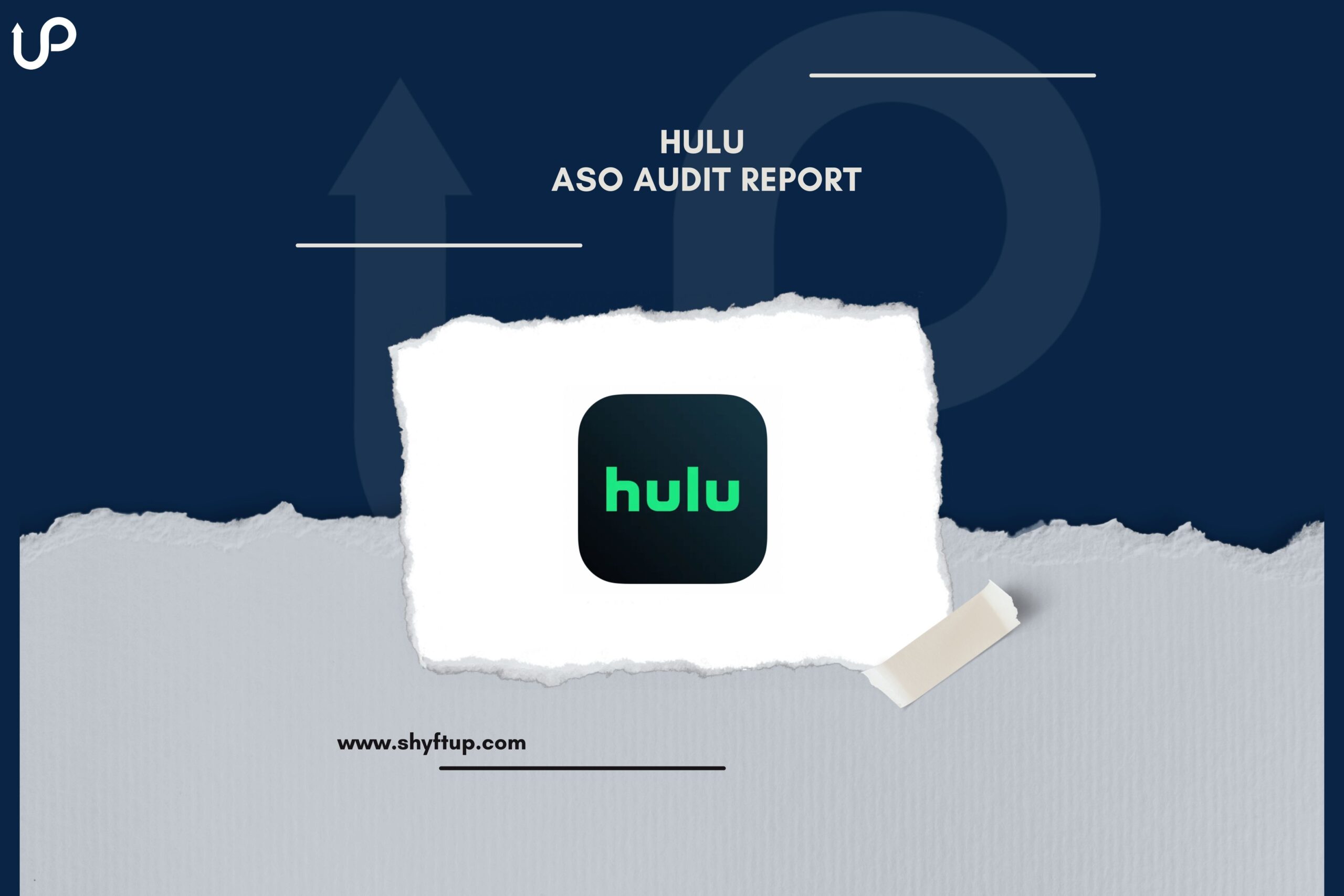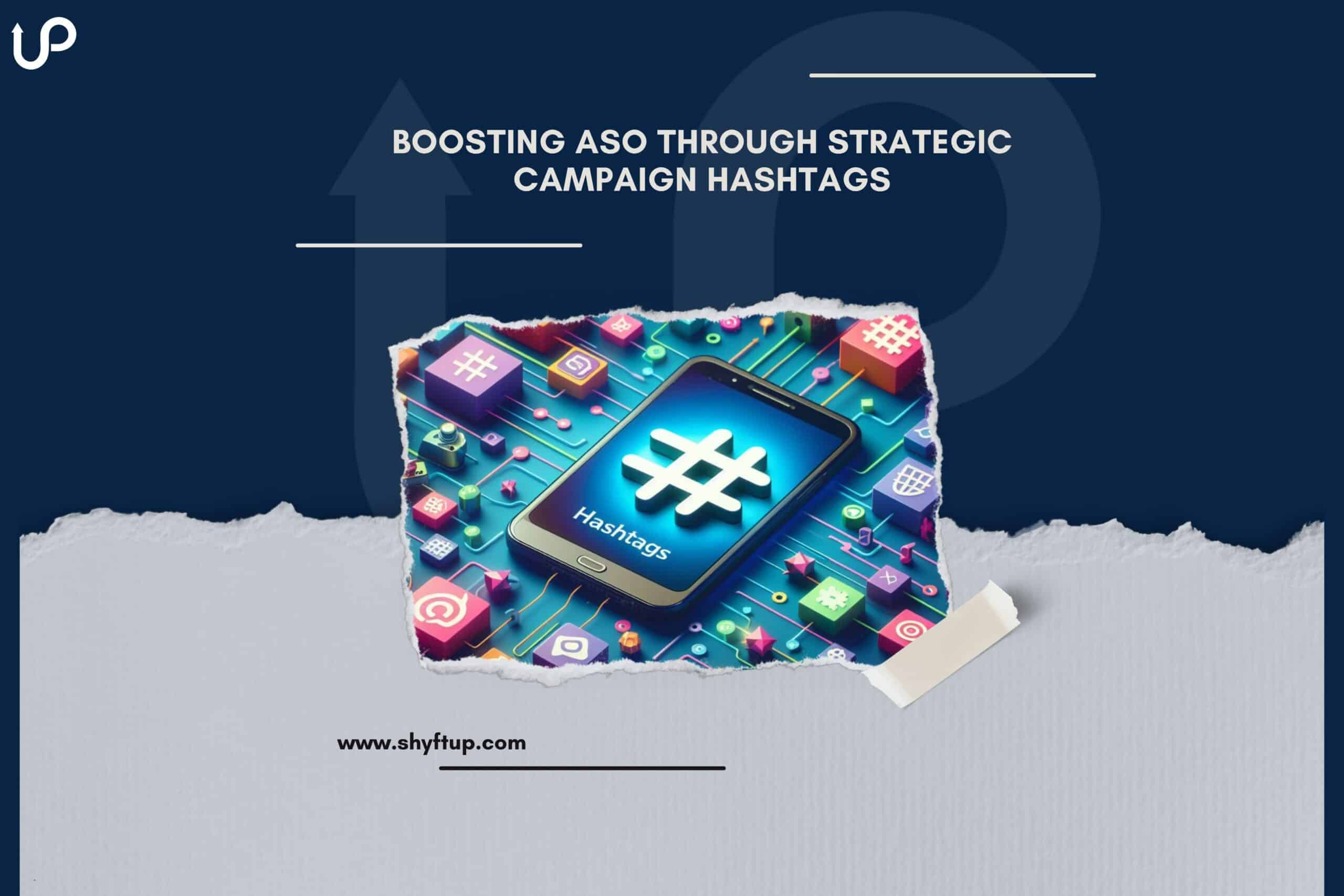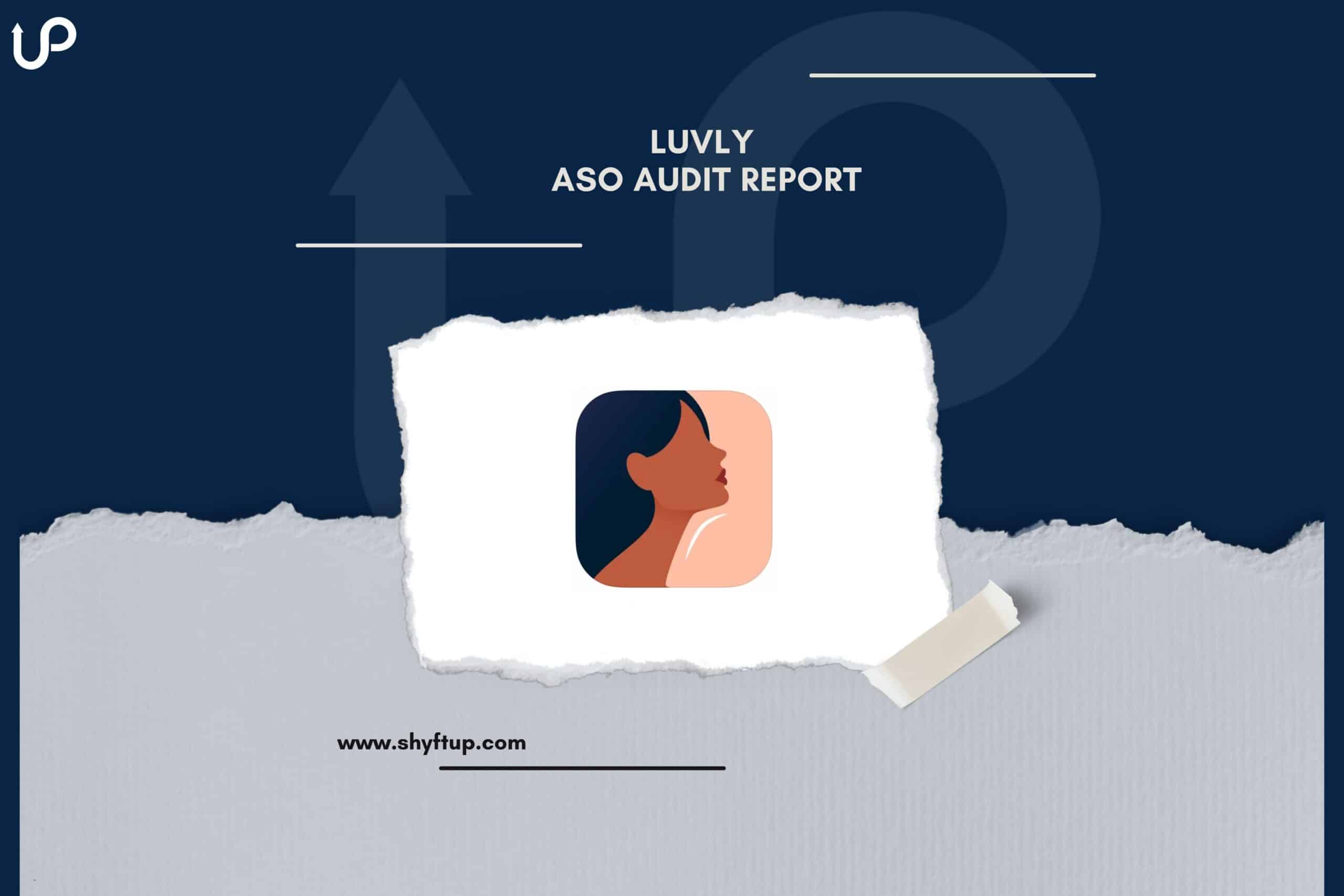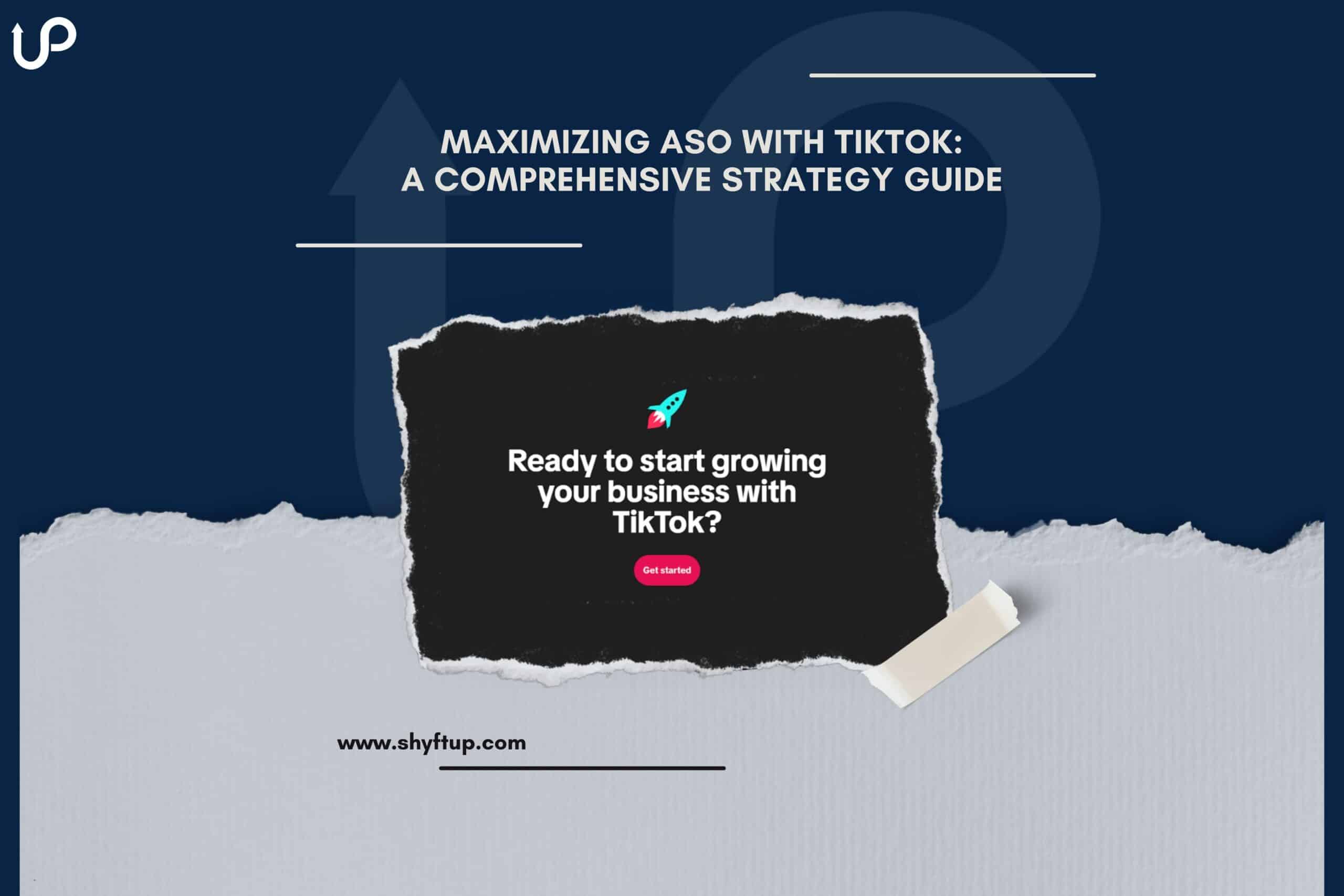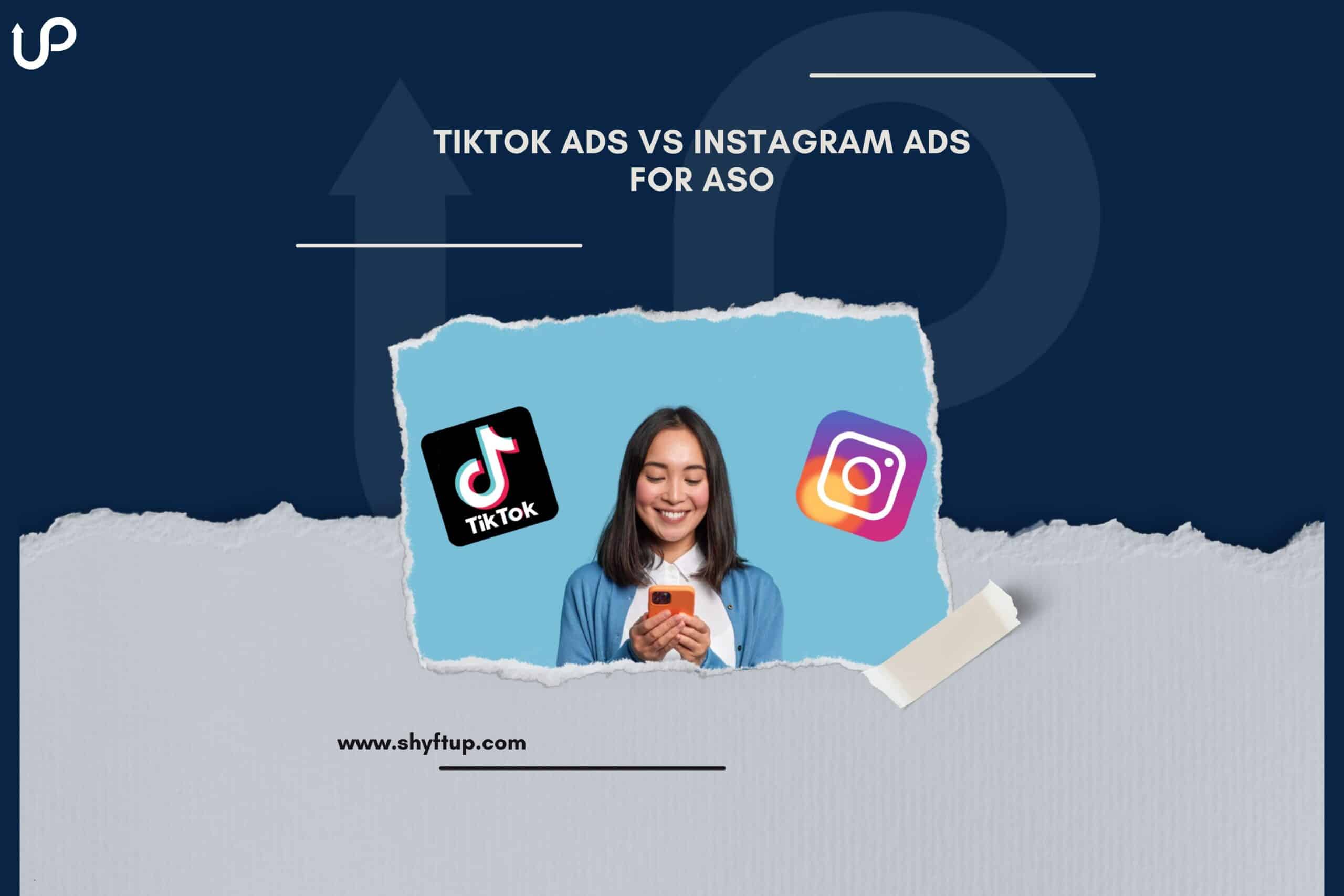While exact SKAN 4 specifications are still a blindspot, Apple has given us enough of a framework to begin preparing. Let’s dig in!
1. Crowd anonymity
Apple believes privacy thresholds are a thing of the past and is now focusing on crowd anonymity. The company’s new approach to privacy is simple: hide individuals in crowds.
In its SKAN 4 WWDC session, Apple defines crowd anonymity as the number of installs based on what we know about SKAdNetwork today. In iOS 14.5 and later, the App Store asks Apple whether or not to censor at the time of installation, not at the time of determining a conversion value. It seems that this policy will continue.
This is also true because it would be much more complicated to determine the impact of a crowd’s anonymity at the time of conversion.
2. Campaign ID expansion to 4 digits (and re-naming to Source ID)
When SKAN 3 went live, it had a 100-campaign limit. With the Campaign ID field now changing to a Source ID field, the range is going from 2 digits to 4, meaning that you might think you’re getting 10,000 campaigns, but not in reality.
A three-level hierarchy represents the increasing richness of data. For postback #1, you can get up to 4 digits; for postback #2, you can get up to 8 digits; and for postback #3, you can get up to 16 digits. But it all depends on whether or not Apple determines that the requirements of crowd anonymity have been satisfied.
In that first postback, you could get choose from:
- 2 digits
- 3 digits
- 4 digits
If you get enough installs from a particular source, you can choose to use it for different sets of data.
- campaigns + geo
- campaigns + network
- ad type
- ad location on the screen
- and so on
So, you get the potential for 4 digits of campaign data. However, you’re not getting more campaigns unless you choose to purchase them. But, those extra digits can help you measure almost any variable that you want in your additional digits—for example:
- Creative
- Additional campaign IDs
- Data you can use to reconstruct cohorts
- And more
Testing is crucial to any software launch, and SKAN 4 will no doubt be any exception.
3. Coarse conversion value type in SKAN 4
A new conversion type is available in SKAN 4, and it’s a little rough around the edges (sorry). The Coarse conversion type is designated primarily for the second and third postbacks that SKAN 4 will now provide.
Coarse conversion values are always going to be just 1 of 3 possible values:
- 0, 1, 2
- Bad, Okay, Good
- Buyer, Subscriber, Window-shopper
- Any value you might want to assign
Previously, you received 1 type of conversion value: either a success or a failure. Now, with the introduction of 2 types of conversion values (the first postback can have fine data with more details, as we’ve explained), you can have 3 possibilities:
- Nothing
- A course conversion value
- A fine conversion value (on the first postback only)
Even a coarse conversion type can be valuable. Consider subscription apps, where you might get a conversion to a trial, but only 30-40% of trials convert to paid customers. The new SKAN 4 allows you to design conversion values that report what happens after the trial—something that was impossible in SKAN 3.
4. How crowd anonymity and conversion values will interface
Early indications are that crowd anonymity is about the number of installs, not the number or variety of conversion values. This is good news because if all the various permutations of conversion values were censored or not, depending on how many of them exist, that could get very complicated indeed. And reduce the number of conversion values marketers get.
Ultimately, however, we cannot know whether SKAN 4 is the best possible solution until it is tested in the real world.
5. Postback timers for all 3 postbacks
One of the many challenging aspects of SKAN 3 is the random timer, which can make it difficult to know when you’ll get a postback. In SKAN 4, you’ll have a choice of three predictable postback options, each of which can be set and updated within a specific period of time:
- Postback 1: set in the first 0-2 days
- Sent after 2 days
- Postback 2: set on days 3-7
- Sent after 7 days
- Postback 3: set from 8-35 days
- Sent after 35 days
Facebook and other ad tech partners are requiring publishers to get SKAdNetwork 3 postbacks as soon as possible within 24 hours (plus a random timer in SKAN 3).
Although we think Apple will add some degree of randomness to this, we don’t know for sure. If that’s true, postback 1 might come in 50 hours, 55, or 60. Postback 2 might come in a week and 3 hours, and so on.
6. No fine conversion values for postbacks 2 and 3, and no guarantee of postbacks 2 and 3
The ability to view conversion values in real-time may not be available for postback 1, but marketers should be able to see them for postback 2 and postback 3.
However, while you can pack a limited amount of data into 2 digits, and a richer amount of information into 4 digits, you’ll only get the 3 values postbacks 2 and 3.
Additionally, just because an app is installed on a user’s phone in the first slot does not guarantee that it will remain there during future rounds of installs.
This all has implications:
- Challenges for app publishers with significant retention challenges.
- Scaling spending with specific publishers is a popular way to maximize data.
- Spending more for quality users/players/customers will give you better marketing measurement data than spraying and praying with poor-quality ad partners.
In addition, getting a second postback and a third postback will still be used to help calculate return on ad spend (ROAS). It’s just a lot more complex than it used to be, with more data science required and correlation with in-app data.
7. No, 3 postbacks from (potentially) the same user don’t mean you have a user/customer journey
One thing that was clear during Apple’s presentation was that people who install your app will also see the postbacks:
- Postback 1 for that person
- Postback 2 for that person
- Postback 3 for that person
There is a potential privacy breach if 3 correlated postbacks are obtained for a particular person.
You’ll know which postback you’re getting, but not the user ID. That means each set of postbacks should be seen as an aggregate measure of campaign performance within a time range.
This information is still good, but it’s not what we need to help us develop a user or customer journey.
8. Conversion values can go down, not just up, in SKAN 4
SKAN 4 allows you to set conversion values that go down, as well as up. This capability is extremely useful if you have players/customers/users who look great at or shortly after installation but show sure-fire signs of not being monetizable soon after.
For example, a player might create an account in a game, which is a high-intent signal. However, they might not connect their bank account or credit card to that account. Or they might play through levels 1-6 of the game but quit playing at level 7 because it is too difficult for them to defeat the boss. The player might look at an in-app purchase option, but not complete the purchase. Now you can find that out.
A few implications:
- This is a significant logical change
- It changes how we think of D1/D3/D7/D30 cohorts and models
- It allows you to have more types of conversion models
- And, of course, it brings additional complexity
9. SKAN 4 has more data for modeled cohorts
Following the release of Skan 3, Singular released SKAN Advanced Analytics for SKAN to combine Modeled Cohorts, which combine data from multiple sources to reconstruct cohorts using IDFV (good user data, no attribution) and SKAN (attribution, but no user data).
In SKAN 4, we’ll be using more data, more signals for the model, and more complexity. But don’t you worry—the result will be a more accurate forecast!
10. In SKAN 4, you have to think about more measurement windows
SKAN 3 has one postback that can happen within one business day, although technically you could extend it to take place over a much longer period of time.
In SKAN 4, you can change the conversion value of any postback at any point up until the end of day 2. You can also raise or lower the value at any time during that period. And this is true for all postbacks, not just postback 1.
First, your app or measurement SDK needs to know which window you’re in and act accordingly. Then it should set a valid conversion value that can change. There will be some complexities here: marketers are already struggling with the single conversion value in SKAN 3.
11. Your SKAN 4 postback strategy might differ based on your vertical and your goals
Apple tells us that you’ll have an easier time converting between units with a coarse adjustment.
Some marketers might think they can get away with coarse conversion values in a testing phase, and spread the budget among more partners and campaigns. Then, when you hit pockets of success identified by the coarse conversion values that you want returning in postback 1, you might double down, concentrate spend, and attempt to get more detailed measurement and optimization data.
But in retail or subscription apps, you might need more data initially and not choose to cast as wide a net in testing.
12. You’ll still need data modeling for missing data
SKAN 4 offers more data than SKAN 3, we think.
At present, we do not know whether conversion values in SKAN 4 will activate at similar levels to the only conversion option in SKAN 3 (and thus more data will be available). This is because Apple may provide only coarse conversions in SKAN 4 at the current privacy threshold/crowd anonymity level of the single postback in SKAN 3. In order to unlock fine conversion values, the app install scale will need additional app installs.
Either way, you’re going to be missing data.
The first step to modeling is to have enough data points to train your model on. You can use data from postback 1, postback 2, and postback 3 to replace the missing data from postback 1.
13. Fraud is still a question mark in SKAN 4
Fraud can be a major problem for SKAN. If SKAN 4 is implemented, fraud will be harder to commit.
Clicks lead users to the app store, which is secure; impressions do not. Because of this, any app can report impressions all the time and potentially take credit for organic installs.
Apple is aware of the problem of smartphone addiction and may be considering possible solutions to it.
14. There will be multiple SKAN versions live in the wild
Initially, the ecosystem will be at different levels of support, just as mobile operating systems are. Some people don’t update their phones’ operating systems quickly, some can’t because they’re using older handsets.
This means publishers and ad tech providers will either have to support everything or choose to support the newest version of SKAdNetwork.
Apple may be more forthcoming about the device side, but Apple has little control over consumers who choose not to update their phones.
27 more must-ask questions answered!
If you’re looking to keep learning, watch our SKAN 4 webinar or take a look at SKAN v4: 27 questions answered.
Singular’s next-gen attribution and analytics powers marketers to grow faster by uncovering accurate, granular, and timely performance insights. World-class teams from brands like WB Games, Twitter, Lyft, Rovio, Airbnb, Activision, Homa Games, Truebill, EA, LinkedIn, and more use Singular to make smarter user acquisition decisions and analyze the impact of every ad dollar with full-funnel marketing analytics, best-in-class ad fraud prevention, and automatic loading directly into your BI tools.
Take the guesswork out of your marketing and futureproof your growth with next-gen marketing attribution and analytics!
By: John Koetsier



